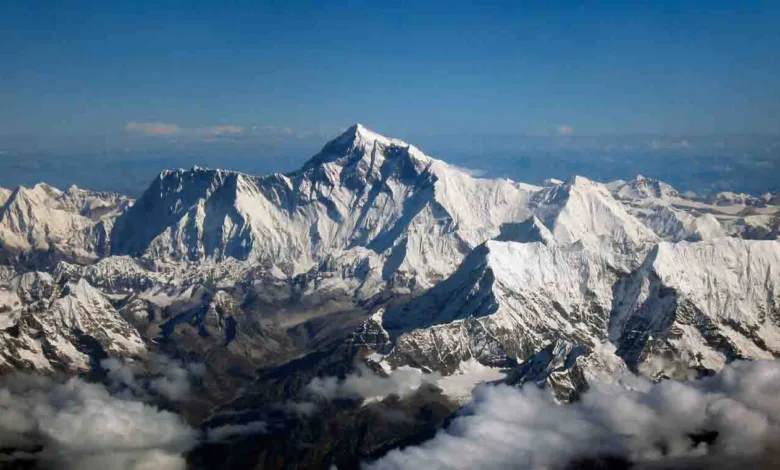International Mountain Day amidst the increasing impact of climate change

GUEST COLUMN
 Manindra Mohan
Manindra Mohan
Disasters have increased rapidly in mountainous areas due to climate change, human interference and imbalance. For this, we will have to think together, meditate and work with a positive and multi-dimensional strategy. The Himalayas are a natural gem and a symbol of prosperity, and provide protection to everyone directly and indirectly. The main objective of celebrating the International Mountain Day on December 11 is to save the ecology, biodiversity and cultural heritage of the mountainous areas and to stop unnecessary interference here. Today, conservation of the Himalayas has emerged as a global issue and climate change is directly affecting life, health and well-being on Earth including the Himalayan ecosystem. Due to climate change and rising temperatures, natural disasters are increasing at an alarming rate. The time cycles of crops are changing and as a result, there is a decline in productivity, quality and reproduction rates. The climate change is also impacting animal husbandry, animal nutrition, health, breeding, animal products and their immune system. Apart from this, surveys show that climate change is causing complex emotional responses, especially in children, including anxiety, fear, sadness, anger and sadness.
Published facts show that plastic (in the form of microplastics) has made its presence felt by traveling from the Antarctic Ocean to the Himalayan peaks to Mount Everest. At the same time, the increasing use of single-use plastic in the mountainous areas has started affecting the soil, air and water in such regions. Statistics show that during the Char Dham Yatra season, about 18 tonnes of polythene and other plastic waste was collected in Badrinath and Kedarnath in about one and a half months. Non-scientific disposal of plastic and the deadly dioxin-rich smoke emitted by burning such waste also causes many lung-related diseases including cancer.
The statements made at the COP 28 climate summit regarding climate change are worrying for the future. The United Nations secretary general Antonio Guterres said that glaciers are melting at an alarming rate and that about 24 crore people depend on glaciers and major rivers originating from the Himalayas. He warned of possible destruction in the Himalayas and said that the Himalayas need help. At the same time, the director general of the World Health Organization, Dr Tedros Adhanom Ghebreyesus said that the earth is getting sick and every year about seven million people in the world are dying due to air pollution. He described climate change as dangerous for health. Former US Secretary of State Hillary Clinton, speaking at the COP 28 conference, has stressed the need for integrated local solutions in India to fight climate change. While releasing a report on India, the World Meteorological Organization has described the decade from 2011 to 2020 as having above average heat and rain due to worsening climate change. The data show that the rate of climate change during this period has increased at alarming rates, the highest on record, which certainly includes the Himalayan region.
When it comes to the mountains, they have always had an incomparable contribution to global progress. Today 15 per cent of the world’s population lives in mountainous regions. Mountains cover 27 per cent of the Earth. Of the 20 plant species that supply 80 percent of the world’s food, six originate from mountains, including maize, potatoes, barley, sorghum, tomatoes and apples, while mountains provide 70 per cent of the world’s fresh water.
Obviously, the contribution of mountains in human upliftment can never be ignored and hence we all have to take the responsibility of its protection and conservation. For this, along with fundamental changes, work will have to be done with positive and multi-dimensional strategy on local solutions to all the components of Himalayan ecology and environment like water, biodiversity and climate, so that the ecosystem which is rapidly going out of control can be easily restored as before.
(The author is a scientist in Uttarakhand Council for Biotechnology, Pantnagar. Views expressed are personal)






